 Otowa Bay
Otowa Bay
Halfway down Miura Peninsula is a small rocky promontory called Arasaki. It is an area of great beauty, so far spared the condominiums and luxury second homes creeping south from Akiya and Sajima. One of my favourite long runs is to simply follow the coast as closely as possible south from Hayama, ending at Arasaki. The trick is to stay off the main road, Route 134, as much as possible. After ten years of cycling and running up and down this coastline, there probably aren’t many more back roads and tracks left to discover.
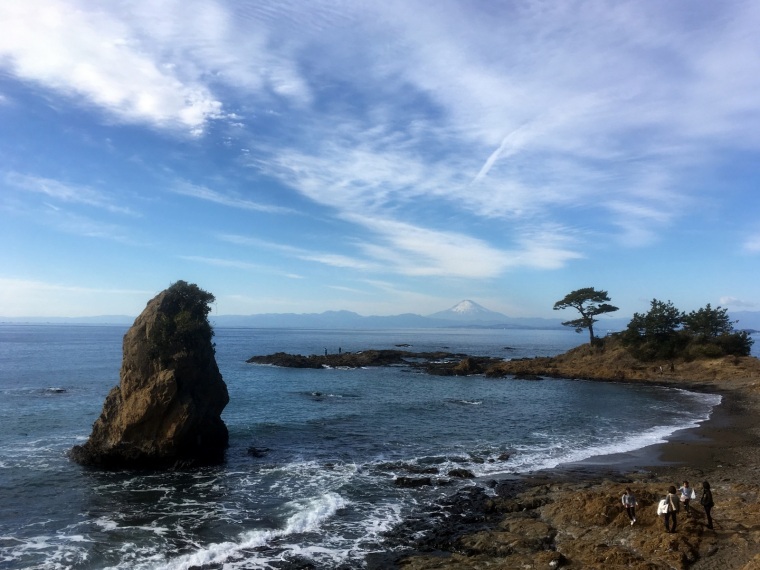 Mt. Fuji viewed from Tateishi
Mt. Fuji viewed from Tateishi
For the first few kilometres, I followed the 134, but just after Tateishi, a famous rock stack and Mt. Fuji viewpoint, I dropped down on to the beach and ran along to Akiya fishing port. From there, I ran up and down steep, narrow roads to the larger fishing port of Sajima, well known for its fishmongers and restaurants. I looped back to the 134, crossed to the backstreets of Ogino, and on south to the Japanese Air Force Base in Otowa Bay. Despite the base, Otowa is a peaceful bay, with its own grand views of Fuji-san.
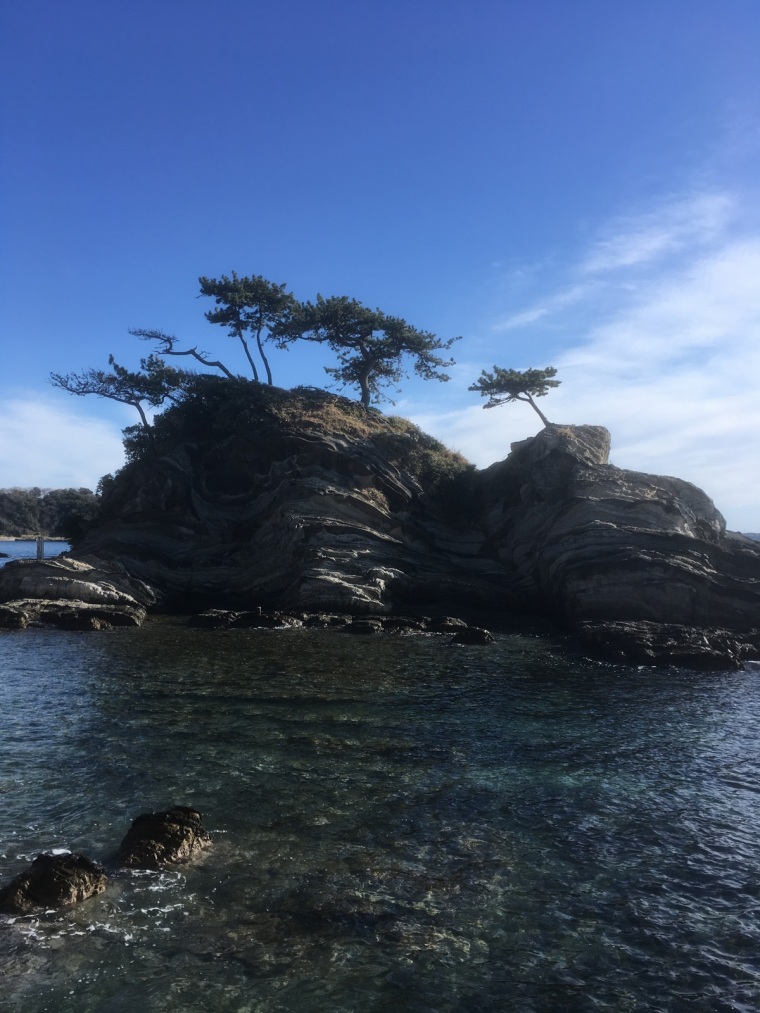 Arasaki Pines
Arasaki Pines
Past the base, I turned off on the road to Arasaki which soon leaves suburbia behind, and enters a typical stretch of coastline struggling to retain its beauty despite all the efforts of the fishing communities that line the road. I have no idea why this is, but orderly, tidy Japan disintegrates when it gets to the sea. I have yet to visit a pretty fishing community; instead, rotting, rusting, refuse piles up against dilapidated shacks and crumbling pontoons. Poverty is obviously one reason for the decay, but the piles of rotten fishing nets and ropes, broken polystyrene ice boxes, and years-old garbage is hard to explain. From Kamakura down to Jogashima, there is barely a beach or port which is not blighted by rubbish and decay. I think of the stunning beauty of fishing villages in Cornwall, the Algarve, and Majorca and wonder why it can’t be the same here.
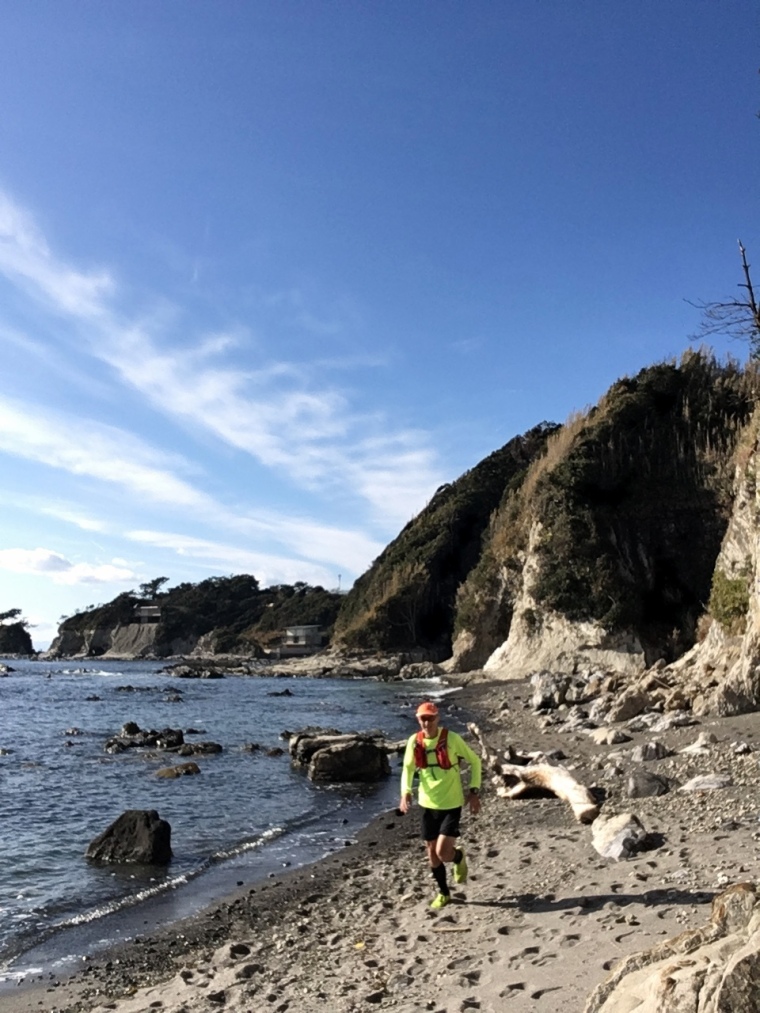 Arasaki
Arasaki
Finally, I reached Arasaki Point from where I could leave the road and jog / walk / scramble along the next few kilometres of rocks and small beaches. It is an area of great natural beauty, with gnarled pines clinging to rocky pinnacles, all the time Fuji-san dazzling in the distance.
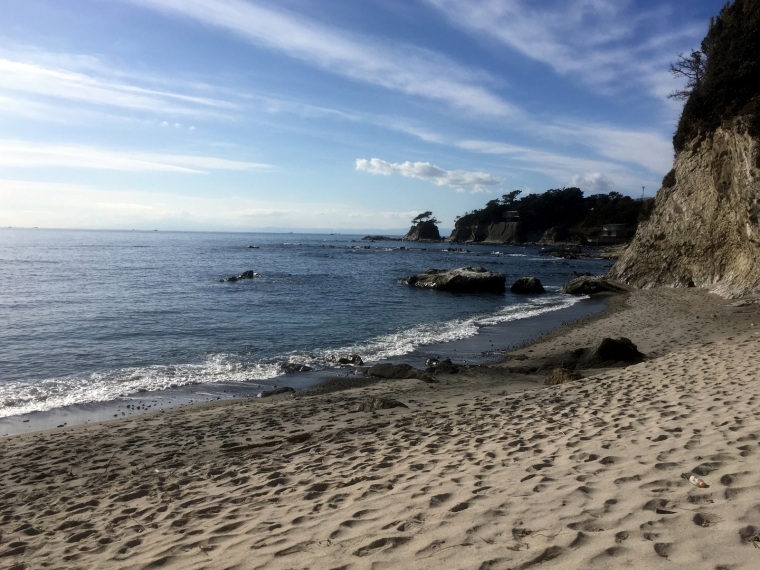 South of Arasaki
South of Arasaki
From here, I usually loop round to the bus stop at Yokosuka Shimin Hospital, but I had only run 23 km and felt like doing a bit more. I ran back towards Hayama along the main road, my legs starting to feel heavy and my head light. The traffic on the road no longer bothered me as I entered that runner’s world in which nothing matters except the next footfall and the building discomfort in your feet and legs. I was also past the point of getting a bus home, so I ran on back despite the feeling that I was about to lose a toenail or two. I arrived home drained but satisfied with an unexpected 34 kilometres of training completed.
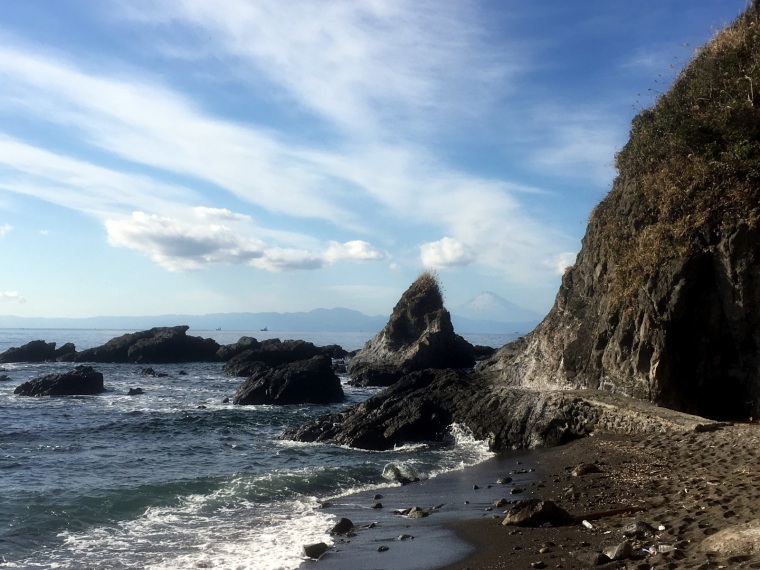 Tsukuda-arashisaki
Tsukuda-arashisaki
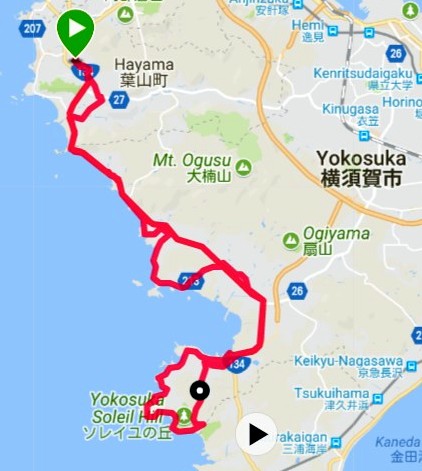 Hayama to Arasaki and back
Hayama to Arasaki and back
 Arasaki detail
Arasaki detail









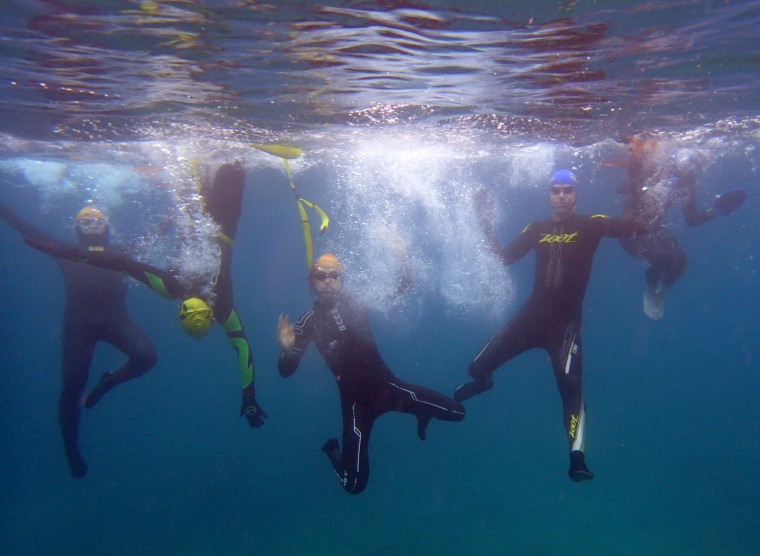


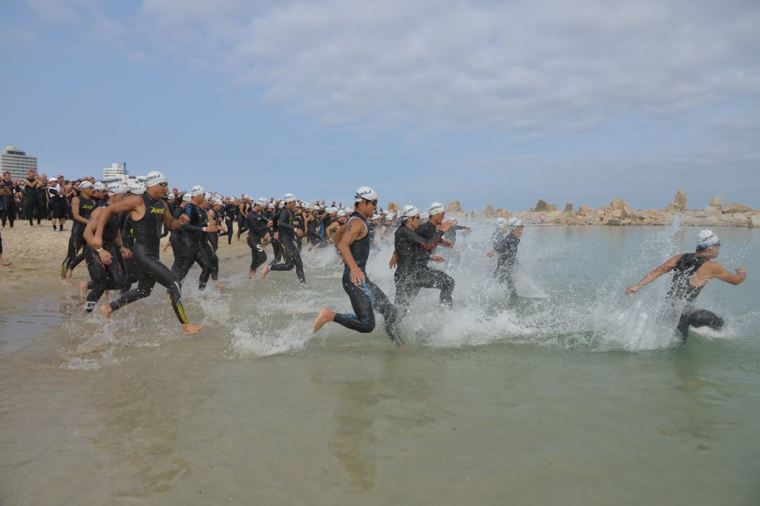
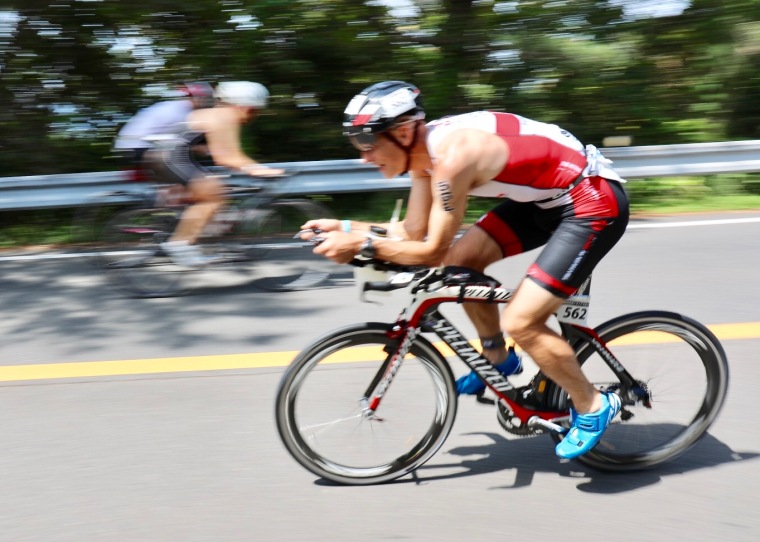


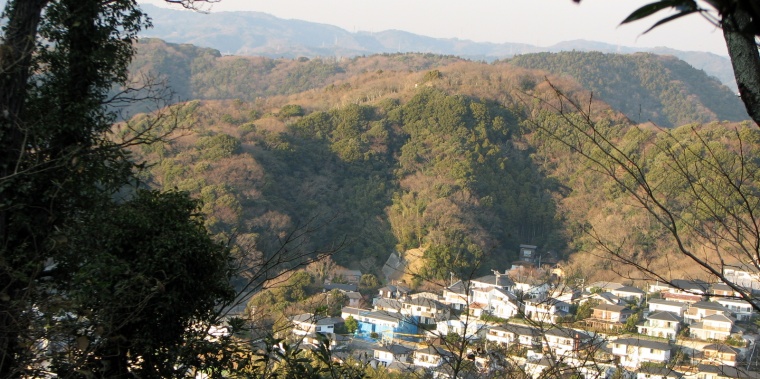 Home sweet home
Home sweet home Mountain sakura on Sengen Ridge
Mountain sakura on Sengen Ridge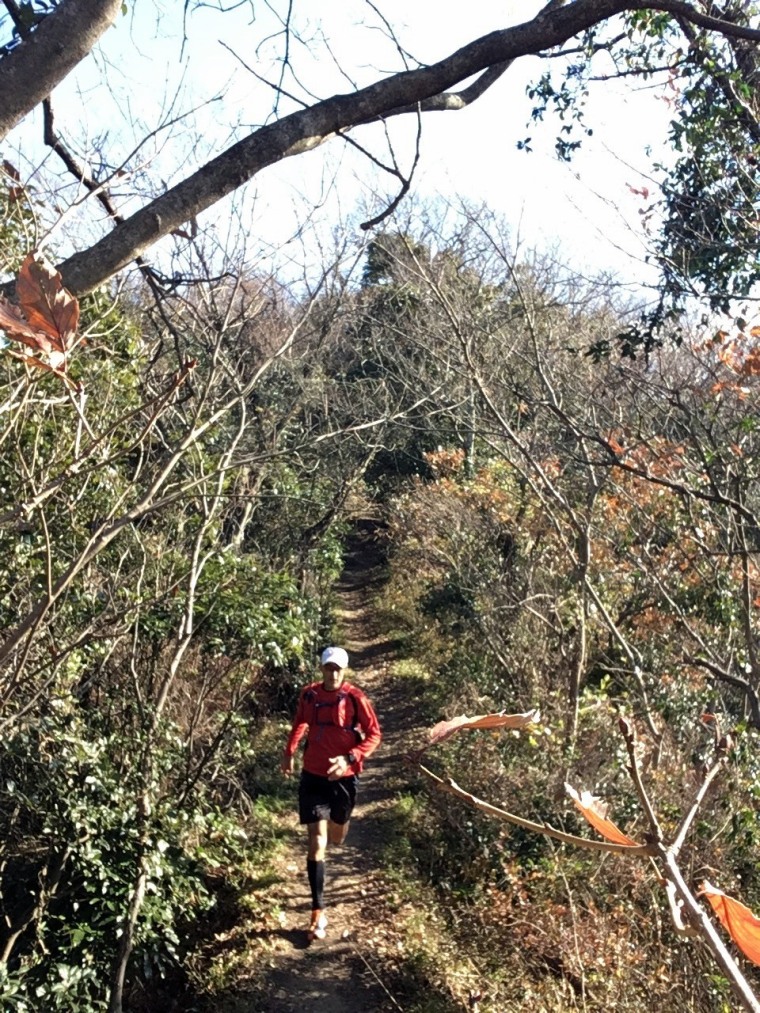 Ridge Running
Ridge Running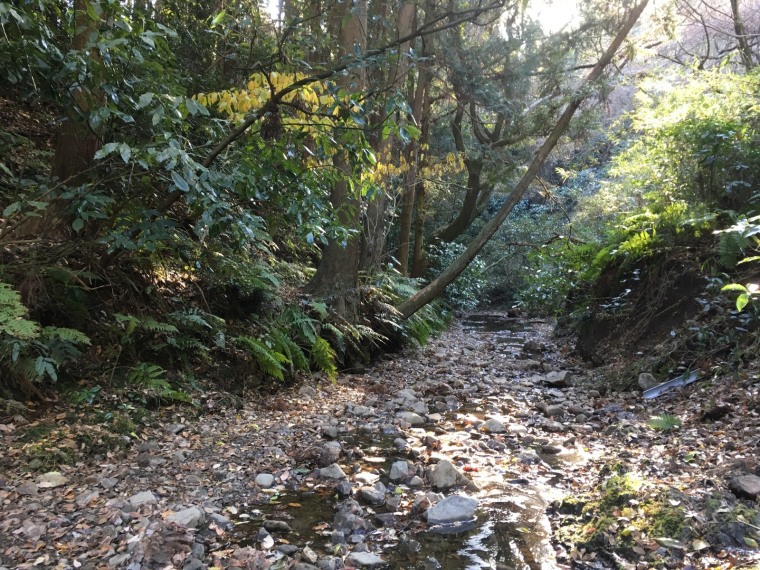 Morito River
Morito River




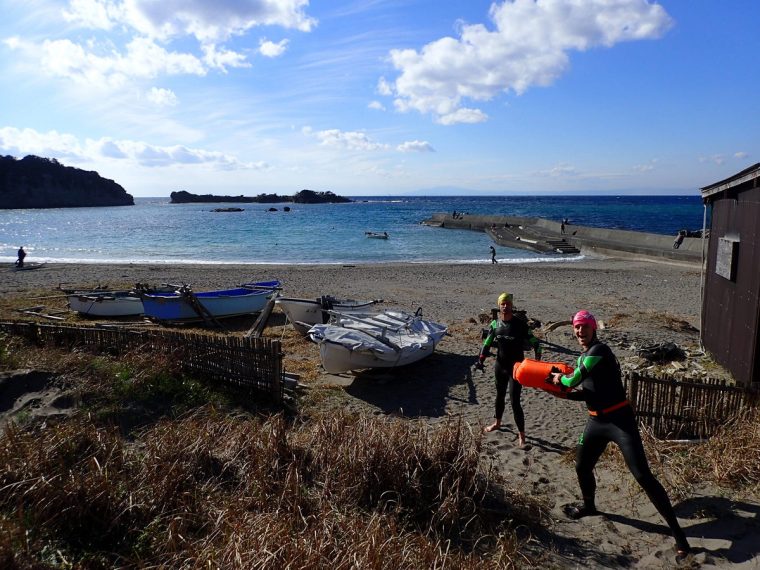

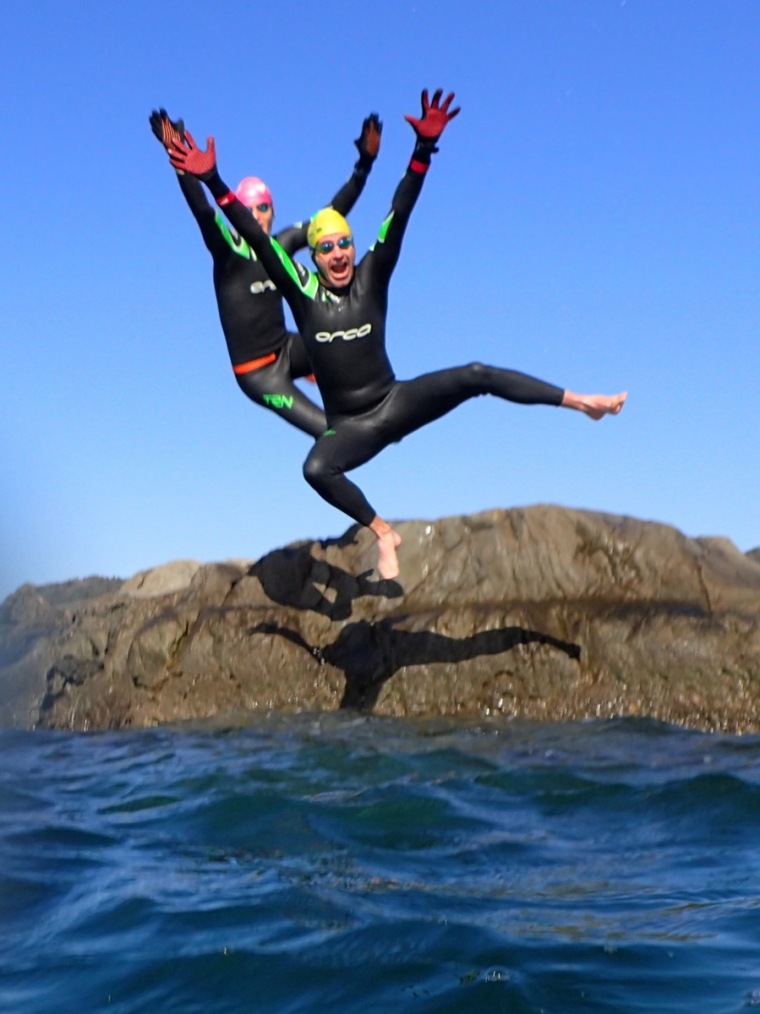
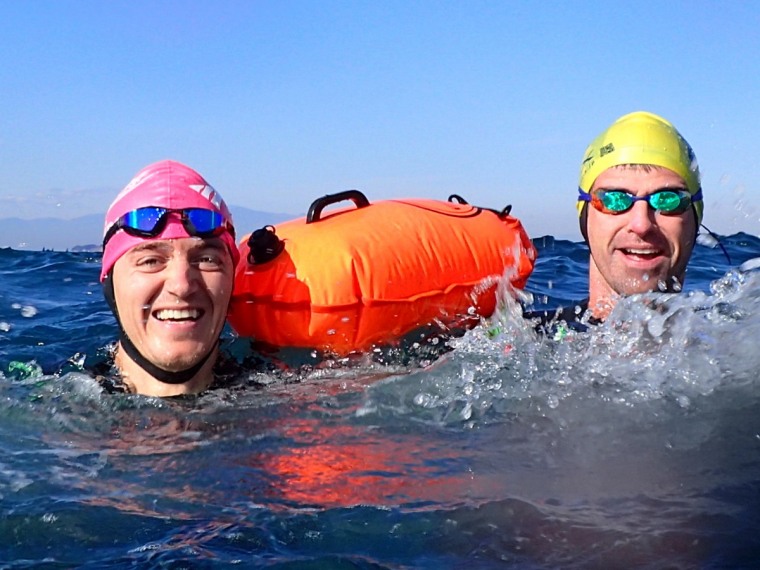
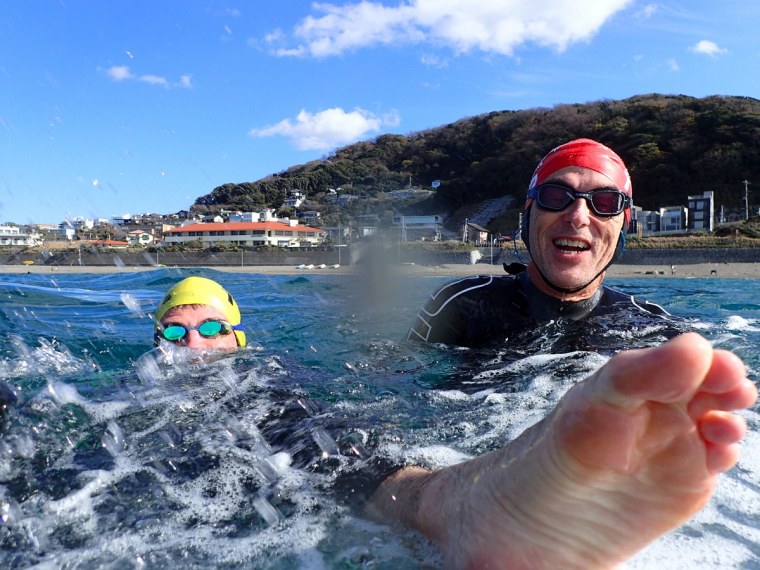
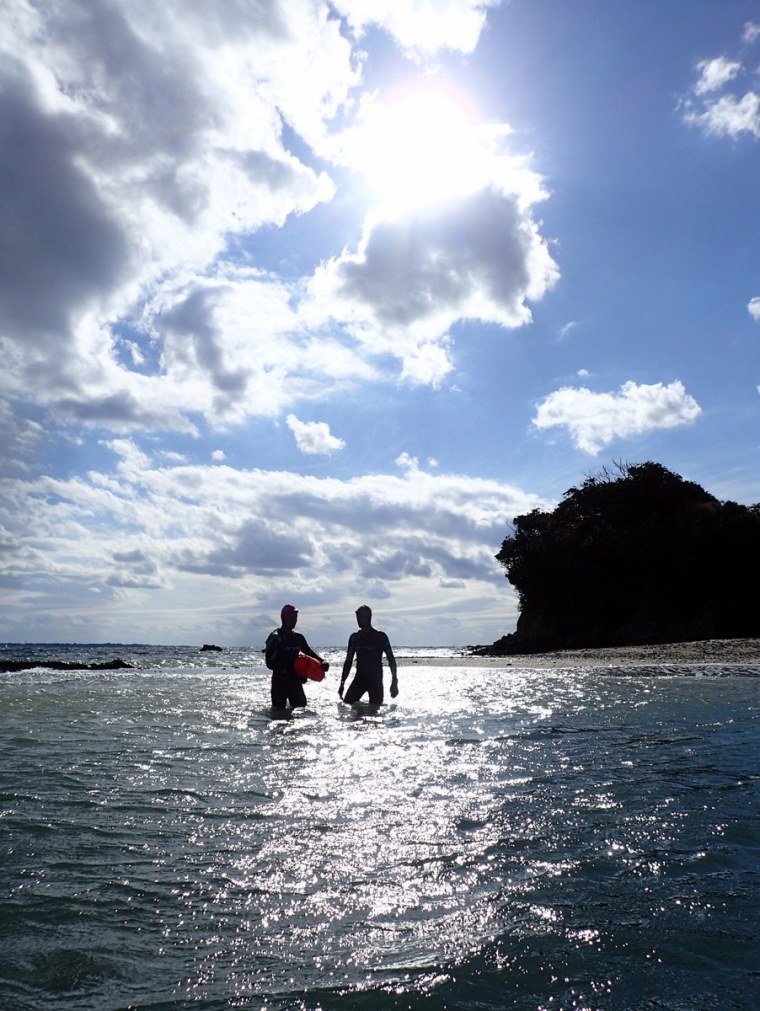 Chojagasaki
Chojagasaki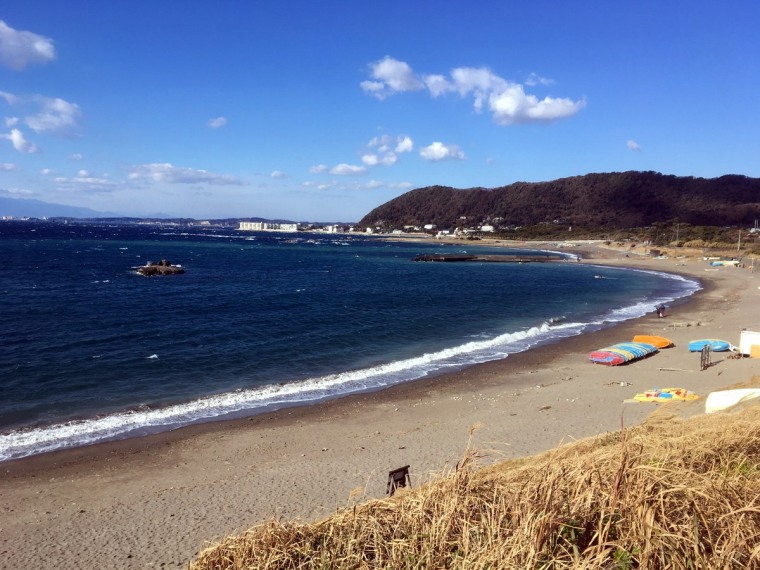

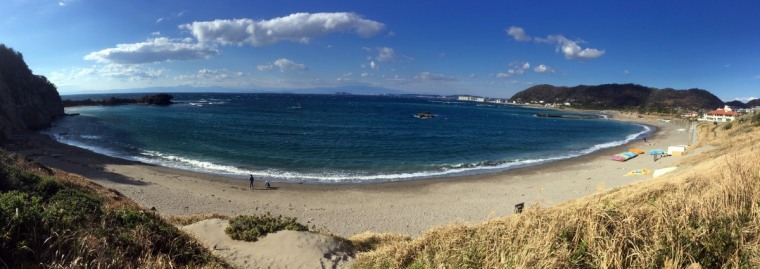 Ohama Bay
Ohama Bay